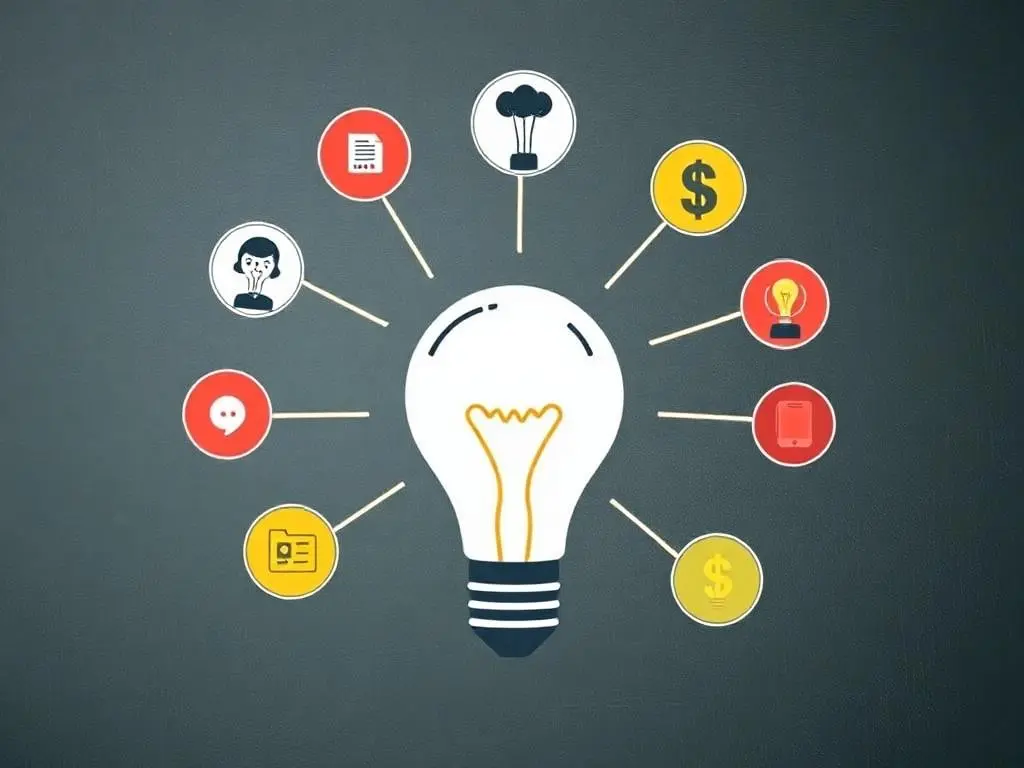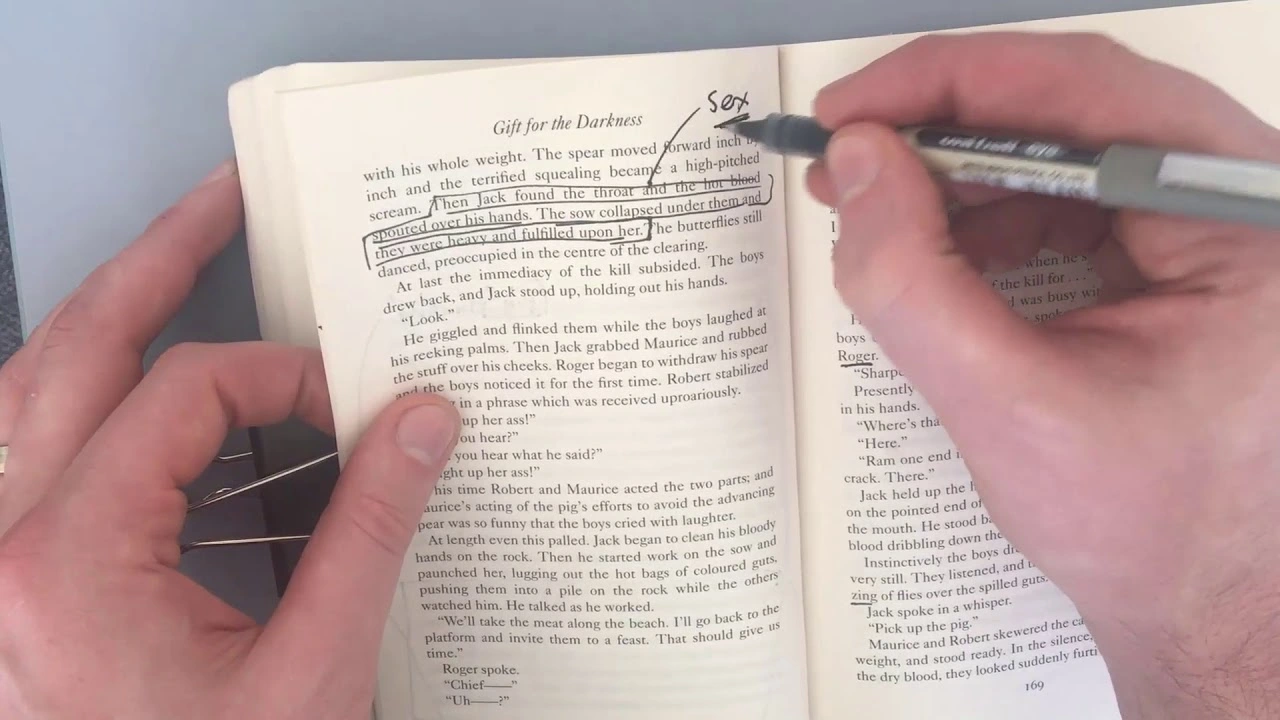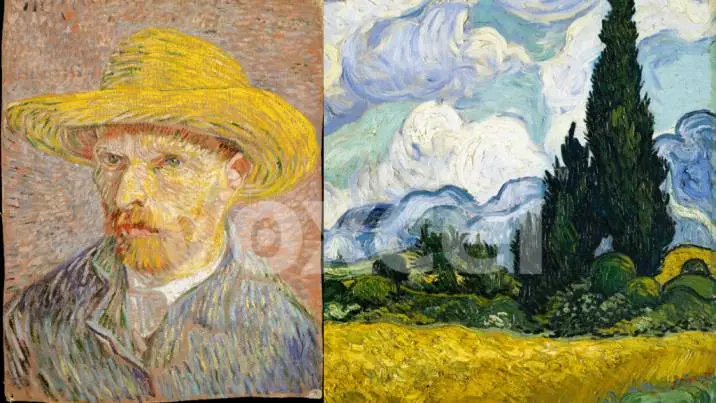- December 30, 2024
Technology, Innovation, and Great Power Competition – 2022 Wrap Up
- January 31, 2023
- in Startups

We just wrapped up the second year of our Technology, Innovation, and Unconfined Power Competition class – now part of our Stanford Gordian Knot Center for National Security Innovation.
Joe Felter, Raj Shah and I designed the matriculation to 1) give our students an appreciation of the challenges and opportunities for the United States in its rememberable strategic competition with the People’s Republic of China, Russia and other rivals, and 2) offer insights on how commercial technology (AI, machine learning, autonomy, cyber, quantum, semiconductors, wangle to space, biotech, hypersonics, and others) are radically waffly how we will compete wideness all the elements of national power e.g. diplomatic, informational, military, economic, financial, intelligence and law enforcement (our influence and footprint on the world stage).
 Why This Class?
Why This Class?
The return of strategic competition between unconfined powers became a centerpiece of the 2017 National Security Strategy and 2018 National Defense Strategy. The 2021 Interim National Security Guidance and the administration’s recently released 2022 National Security Strategy make well-spoken that China has rapidly wilt increasingly unruly and is the only competitor potentially capable of combining its economic, diplomatic, military, and technological power to mount a sustained rencontre to a stable and unshut international system. And as we’ve seen in the Ukraine, Russia remains unswayable to wage a inclement war to play a disruptive role on the world stage.
Prevailing in this competition will require increasingly than merely acquiring the fruits of this technological revolution; it will require a paradigm shift in the thinking of how this technology can be rapidly integrated into new capabilities and platforms to momentum new operational and organizational concepts and strategies that transpiration and optimize the way we compete.
Class Organization
The readings, lectures, and guest speakers explored how emerging commercial technologies pose challenges and create opportunities for the United States in strategic competition with unconfined power rivals with an accent on the People’s Republic of China. We focused on the challenges created when U.S. government agencies, our federal research labs, and government contractors no longer have sectional wangle to these wide technologies.
 This undertow included all that you would expect from a Stanford graduate-level matriculation in the Masters in International Policy – comprehensive readings, guest lectures from current and former senior officials/experts, and written papers. What makes the matriculation unique however, is that this is an experiential policy class. Students worked small teams and embarked on a quarter-long project that got them out of the classroom to 1) identify a priority national security challenge, and then to 2) validate the problem and propose a detailed solution tested versus very stakeholders in the technology and national security ecosystem.
This undertow included all that you would expect from a Stanford graduate-level matriculation in the Masters in International Policy – comprehensive readings, guest lectures from current and former senior officials/experts, and written papers. What makes the matriculation unique however, is that this is an experiential policy class. Students worked small teams and embarked on a quarter-long project that got them out of the classroom to 1) identify a priority national security challenge, and then to 2) validate the problem and propose a detailed solution tested versus very stakeholders in the technology and national security ecosystem.
The matriculation was split into three parts. Part 1, weeks 1 through 4 covered international relations theories, strategies and policies virtually Unconfined Power Competition specifically focused on the People’s Republic of China (PRC) and the Communist Peoples Party (CCP). Part 2, weeks 5 through 8, dove into the commercial technologies: semiconductors, space, cyber, AI and Machine Learning, High Performance Computing, and Biotech. In between parts 1 and 2 of the class, the students had a midterm individual project. It required them to write a 2,000-word policy memo describing how a U.S. competitor is using a specific technology to counter U.S. interests and a proposal for how the U.S. should respond. (These policy memos were reviewed by Tarun Chhabra, the Senior Director for Technology and National Security at the National Security Council.)
Each week the students had to read 5-10 wares (see matriculation readings here.) And each week we had guest speakers on unconfined power competition, and technology and its impact on national power and lectures/class discussion.
 Guest Speakers
Guest Speakers
In wing to the teaching team, the undertow drew on the wits and expertise of guest lecturers from industry and from wideness U.S. Government agencies to provide context and perspective on commercial technologies and national security.
Our matriculation opened with three guest speakers; former U.S. Secretary of Defense James Mattis and the CIA’s CTO and COO Nand Mulchandani and Andy Makridis. The last matriculation sealed with a talk by Google ex-Chairman Eric Schmidt.
In the weeks in-between we had teaching team lectures followed by speakers that led discussions on the hair-trigger commercial technologies. For semiconductors, the White House Coordinator for the CHIPS Act – Ronnie Chatterji, and the CTO of Applied Materials – Om Nalamasu. For commercial tech integration and space, former Defense Innovation Unit (DIU) Director Mike Brown and B. General Bucky Butow – Director of the Space Portfolio. For Artificial Intelligence, Lt. Gen. (Ret) Jack Shanahan, former director of the Joint Artificial Intelligence Center. And for synthetic biology Stanford Professor Drew Endy – President, BioBricks Foundation.
Team-based Experiential Project
The third part of the matriculation was unique – a quarter-long, team-based project. Students worked teams and ripened hypotheses of how commercial technologies can be used in new and creative ways to help the U.S. wield its instruments of national power. And resulting with all our Gordian Knot Center classes, they got out of the classroom and interviewed 20 beneficiaries, policy makers, and other key stakeholders testing their hypotheses and proposed solutions. At the end of the quarter, each of the teams gave a final “Lessons Learned” presentation and followed up with a 3,000 to 5,000-word team-written paper.
By the end of the matriculation all the teams realized that the problem they had selected had morphed into something bigger, deeper, and much increasingly interesting.
Team 1: Climate Change
Original Problem Statement: What combinations of technologies and international financial relationships should the US prioritize to mitigate climate change?
Final Problem Statement: How should the US manage China’s dominance in solar panels?
If you can’t see the presentation click here.
We knew that these students could write a unconfined research paper. As we pointed out to them, while you can be the smartest person in the building, it’s unlikely that 1) all the facts are in the building, 2) you’re smarter than the joint intelligence sitting outside the building.
Jonah Cader: “Technology, Innovation and Unconfined Power Competition (TIGPC) is that rare combination of the theoretical, tactical, and practical. Over 10 weeks, Blank, Felter, and Shah outline the complexities of modern geopolitical tensions and bring students up the learning curves of hair-trigger areas of technological competition, from semiconductors to artificial intelligence. Each week of the seminar is a crash undertow in a new domain, brought to life by rich discussion and an incredible slate of practitioners who live and outbreathe the content of TIGPC daily. Vastitude the classroom, the undertow plunges students into getting “out of the building” to iterate quickly while translating learnings to the real world. Along the way the undertow acts as a strong undeniability to public service.”
Team 2: Networks
Original Problem Statement: How might we implement a ubiquitous secure global wangle to the internet in order to help circumvent censorship in sundowner regimes?
Final Problem Statement: How can we create an open, self-ruling Internet and maintain constructive lines of liaison in Taiwan in preparation for a potential invasion?
If you can’t see the presentation click here
By week 2 of the matriculation students worked teams virtually a specific technology rencontre facing a US government organ and worked throughout the undertow to develop their own proposals to help the U.S. compete increasingly powerfully through new operational concepts, organizations, and/or strategies.
Jason Kim: “This undertow doesn’t just discuss U.S. national security issues. It teaches students how to wield an influential and proven methodology to rapidly develop solutions to our most challenging problems.”
Team 3: Acquisition
Original Problem Statement: How can the U.S. Department of Defense match or write-up the speed of unconfined power competitors in acquiring and integrating hair-trigger technologies?
Final Problem Statement: How can the U.S. Department of Defense deploy volitional funding mechanisms in parallel to traditional procurement vehicles to enable and incentivize the wordage of hair-trigger next-generation technology in under 5 years?
If you can’t see the presentation click here
We wanted to requite our students hands-on wits on how to tightly understand a problem at the intersection of our country’s diplomacy, information, its military capabilities, economic strength, finance, intelligence, and law enforcement and dual-use technology. First by having them develop hypotheses well-nigh the problem; next by getting out of the classroom and talking to relevant stakeholders wideness government, industry, and academia to validate their assumptions; and finally by taking what they learned to propose and prototype solutions to these problems.
Team 4: Wargames
Original Problem Statement: The U.S. needs a way, given a representative simulation, to rapidly explore a strategy for possible novel uses of existing platforms and weapons.
Final Problem Statement: Strategic wargames stand to goody from a stronger integration of AI ML but are struggling to find adoption and usage. How can this be addressed?
If you can’t see the presentation click here
We want our students to build the reflexes and skills to tightly understand a problem by gathering first-hand information and validating that the problem they are solving is the real problem, not a symptom of something else. Then, students began rapidly towers minimal viable solutions (policy, software, hardware …) as a way to test and validate their understanding of both the problem and what it would take to solve it.
Team 6: Disinformation
Original Problem Statement: Disinformation is a national security threat.
Final Problem Statement: The U.S.’s worthiness to tropical the disinformation response skiver uniting is hampered by a lack of coordination between U.S. government agencies, no well-spoken ownership of the disinformation problem, and a lack of well-spoken guidelines on public-private partnerships.
If you can’t see the presentation click here
 One other goal of the matriculation was to protract to validate and refine our pedagogy of combining a traditional lecture matriculation with an experiential project. We did this by tasking the students to 1) use what they learned from the lectures and 2) then test their assumptions outside the classroom, the external input they received would be a gravity multiplier. It would make the lecture material real, tangible and actionable. And we and they would end up with something quite valuable.
One other goal of the matriculation was to protract to validate and refine our pedagogy of combining a traditional lecture matriculation with an experiential project. We did this by tasking the students to 1) use what they learned from the lectures and 2) then test their assumptions outside the classroom, the external input they received would be a gravity multiplier. It would make the lecture material real, tangible and actionable. And we and they would end up with something quite valuable.
Team 7: Quantum Technology
Original Problem Statement: China’s planned government investment in quantum dwarfs that of the U.S. by a factor of 10.
Final Problem Statement: The US quantum ecosystem does not generate unbearable sensation of opportunities to pursue careers in quantum that could catalyze industry growth.
If you can’t see the presentation click here
 We knew we were asking a lot from our students. We were integrating a lecture matriculation with a heavy reading list with the weightier practices of proposition testing from Lean Launchpad/Hacking for Defense/I-Corps. But I’ve yet to bet wrong in pushing students past what they think is reasonable. Most rise way whilom the occasion.
We knew we were asking a lot from our students. We were integrating a lecture matriculation with a heavy reading list with the weightier practices of proposition testing from Lean Launchpad/Hacking for Defense/I-Corps. But I’ve yet to bet wrong in pushing students past what they think is reasonable. Most rise way whilom the occasion.
Team 9: Lithium-Ion Batteries
Original Problem Statement: Supply and production of lithium-ion batteries is centered in China. How can the U.S. wilt competitive?
Final Problem Statement: China controls the processing of hair-trigger materials used for lithium-ion batteries. To regain tenancy the DOE needs to incentivize short and long-term strategies to increase processing of hair-trigger materials and subtract dependence on lithium-ion batteries.
If you can’t see the presentation click here
All of our students put in no-go value of work. Our students came from a diverse set of preliminaries and interests – from undergraduate sophomores to 5th year PhD’s – in a mix including international policy, economics, computer science, business, law and engineering. Some will go on to senior roles in State, Defense, policy or other agencies. Others will join or found the companies towers new disruptive technologies. They’ll be the ones to determine what the world-order will squint like for the rest of the century and beyond. Will it be a rules-based order where states cooperate to pursue a shared vision for a self-ruling and unshut region and where the sovereignty of all countries large and small is protected under international law? Or will it be an autocratic and dystopian future coerced and imposed by a neo-totalitarian regime?
This matriculation reverted the trajectory of many of our students. A number expressed newfound interest in exploring career options in the field of national security. Several will be taking wholesomeness of opportunities provided by the Gordian Knot Center for National Security Innovation to remoter pursue their contribution to national security.
This undertow and our work at Stanford’s Gordian Knot Center would not be possible without the unrelenting support and guidance from Ambassador Mike McFaul and Professor Riitta Katila, GKC founding sense and Principal Investigators, and the tenacity of David Hoyt, Gordian Knot Center Assistant Director.
Lessons Learned
- We combined lecture and experiential learning so our students can act on problems not just revere them
- The external input the students received was a gravity multiplier
- It made the lecture material real, tangible and actionable
- Pushing students past what they think is reasonable results in no-go output. Most rise way whilom the occasion
- The matriculation creates opportunities for our weightier and brightest to engage and write challenges at the nexus of technology, innovation and national security
- The final presentations and papers from the matriculation are proof that will happen
















